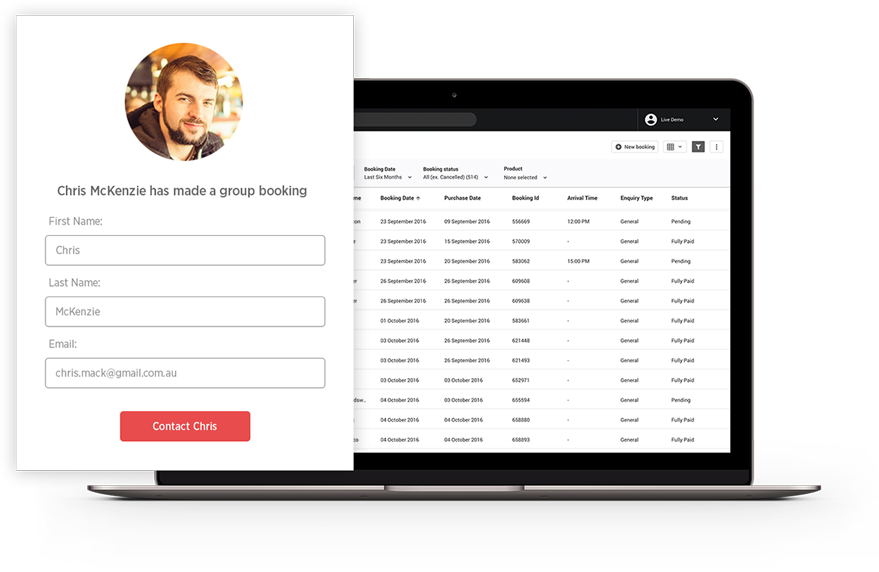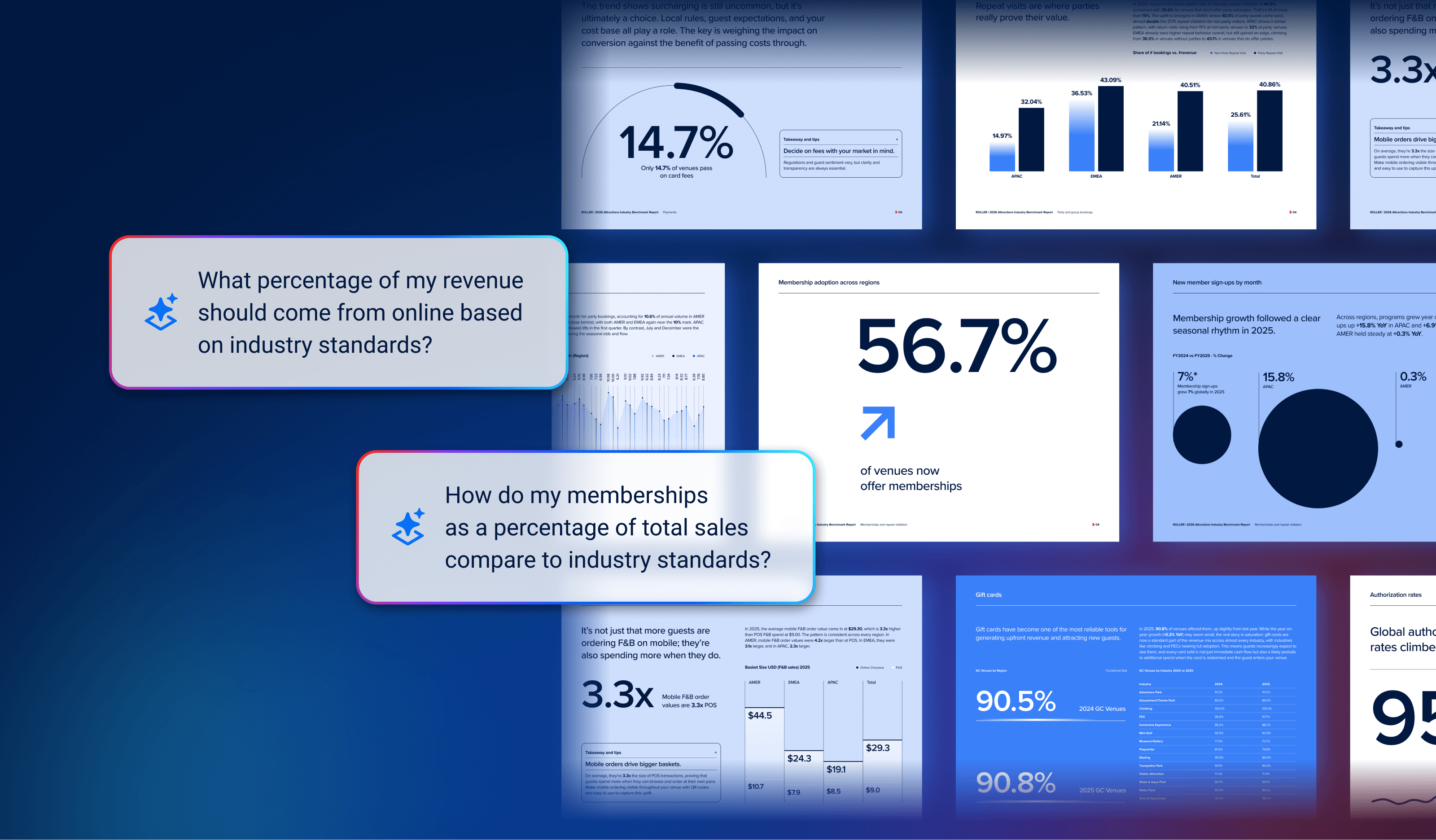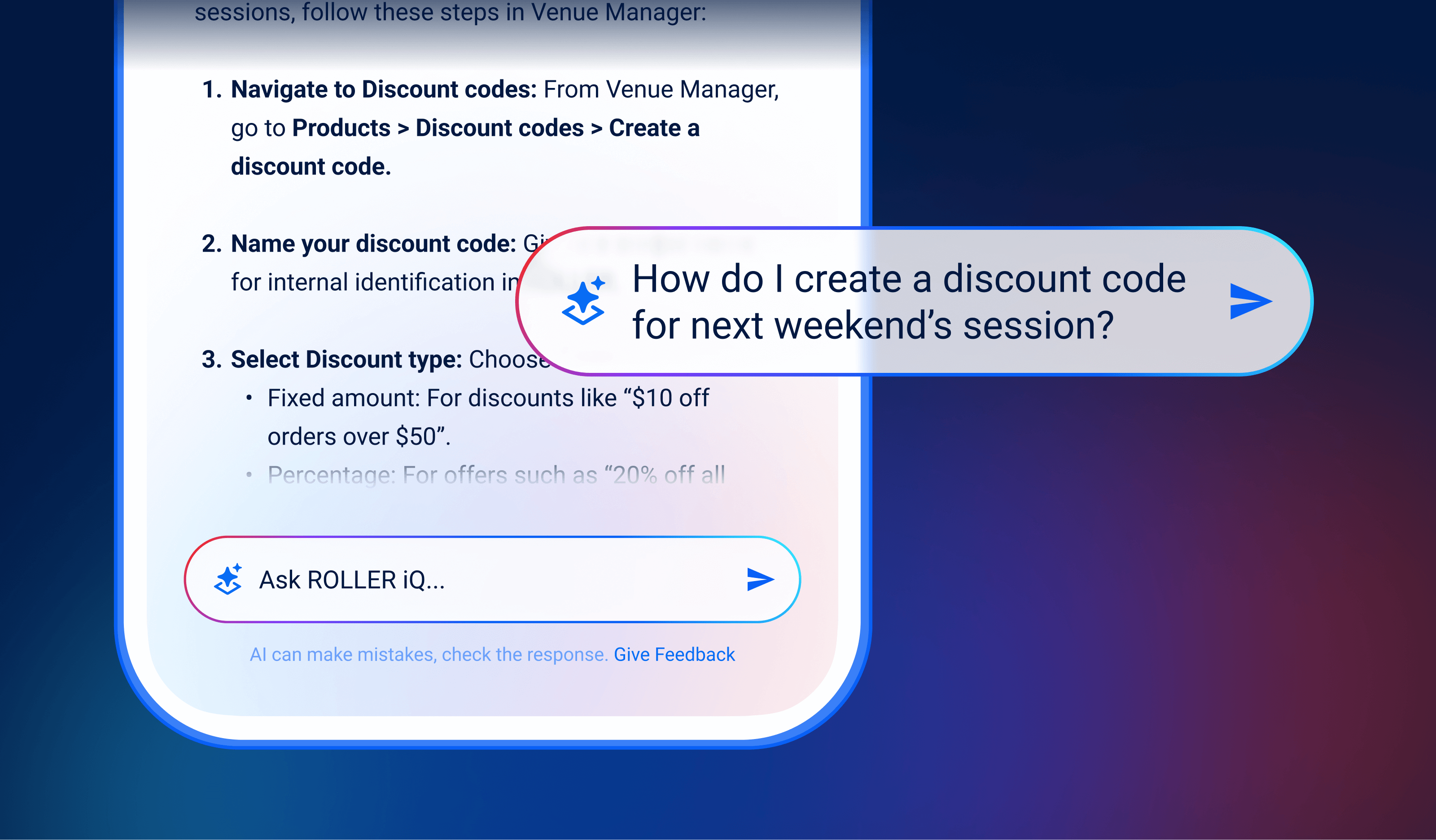Best Practice Guide to Using Online Forms

Forms are nothing new, so why are forms still so important in this day and age? Simply put...data is KING.
As long as there is a clear strategy in place, the information collated is powerful enough to help make important business decisions, learn where to focus marketing efforts and build up insights into the demographics and psycho-graphics of your average consumer.
The benefits
With the digitization of forms - data capture has become easier and more cost-effective than ever. In this digital era, forms are simple to create using drag-and-drop builders, easy to complete and if necessary update and the data stored is secure and readily accessible. In a digital format, it’s also much easier to analyse trends in the collected information and possible to automate actions based on this.
Types of forms
These are the typical uses of online forms that you may come across and want to implement for your venue:
- Subscription form - encourage customers to sign up to your database and market to those who opt-in
- Contact form - Have a contact form on your website alongside your contact number so you can capture relevant info, convert enquiries into sales and build up your database
- Feedback form - find out more about customers’ opinions about your business and use this feedback to improve their experience
- Checkout form - as part of the purchase journey, having a registration form allows you to find out necessary details such as dietary requirements, preferences and more
- Waiver forms - some businesses require capturing additional details in the waiver process such as medical information/history of a participant
Define your goals
What information is imperative to collect and how do you plan to analyze the responses? Write this out to ascertain what questions should be directed to your target audience.
A common practice for businesses using forms is finding out how a customer found out about you. This can help you decide where to focus your advertising budget or double down on any referral or partner program. Another use case is for a business that attracts tourists, is to find out which countries your attendees are coming from. This will allow you to decide where to focus your marketing efforts or create partnerships with relevant tour operators for those regions.
Where to capture data
There are so many opportunities when it comes to utilizing forms to build up customer profiles and collate information. Capturing data should be a part of every aspect during a customer’s journey: from subscribing to the mailing list when they visit your website, to enquiries taken over the phone, all the way through registering for a giveaway in-venue and email campaigns asking for feedback survey after their visit.
 Best practices for form creation
Best practices for form creation
It’s important to optimize any forms created in order to collect the best information to benefit your venue without being a hindrance to your customers. Here are our top tips:
- Make it easy for users - the form should be easy to understand and fill out. Structure it in a logical manner by grouping similar questions together
- Don’t ask for too much information - try to avoid asking for more than three pieces of information at a time. Some respondents may not feel comfortable giving too much away and having a form with too many fields may deter them from completing it
- Avoid free text fields - standardize responses with drop-down menus or check boxes. For example, with capturing country data, having preset options will allow you to analyse data easier and prevent varied responses for the same answer such as USA, America, US & United States
- Incentivise customers to fill out the form and provide their details - special offers and discounts are great ways to do this. People are more likely to do something if they feel they are getting something of value in return
- Test, test and test again - it’s often best to get someone unrelated to the business, family or friend, to test the form created to ensure it is user-friendly and that all your t’s are crossed and i’s are dotted. If this is not possible, ask a colleague from another team
Once you have captured potential customer details and continued to further build up the database to be information-rich - you’ve done the hard yards and are in a great place to harvest this information to make real business decisions. Effective data capture can lead to tangible bottom-line improvements and will help push your business to the next level.
Implement ROLLER Forms in every step of the customer journey so that you can build a truly fully centralised database. Learn more about our forms by visiting our Knowledge Base.
Related articles


Smarter Support With ROLLER iQ: Step-by-Step Help, Right When You Need It
.png)
What is an AI Business Assistant? (And How It Supports Growth for Attractions)
Enhance your guest experience
Get free education, tips and inspiration to help you run a successful venue.
